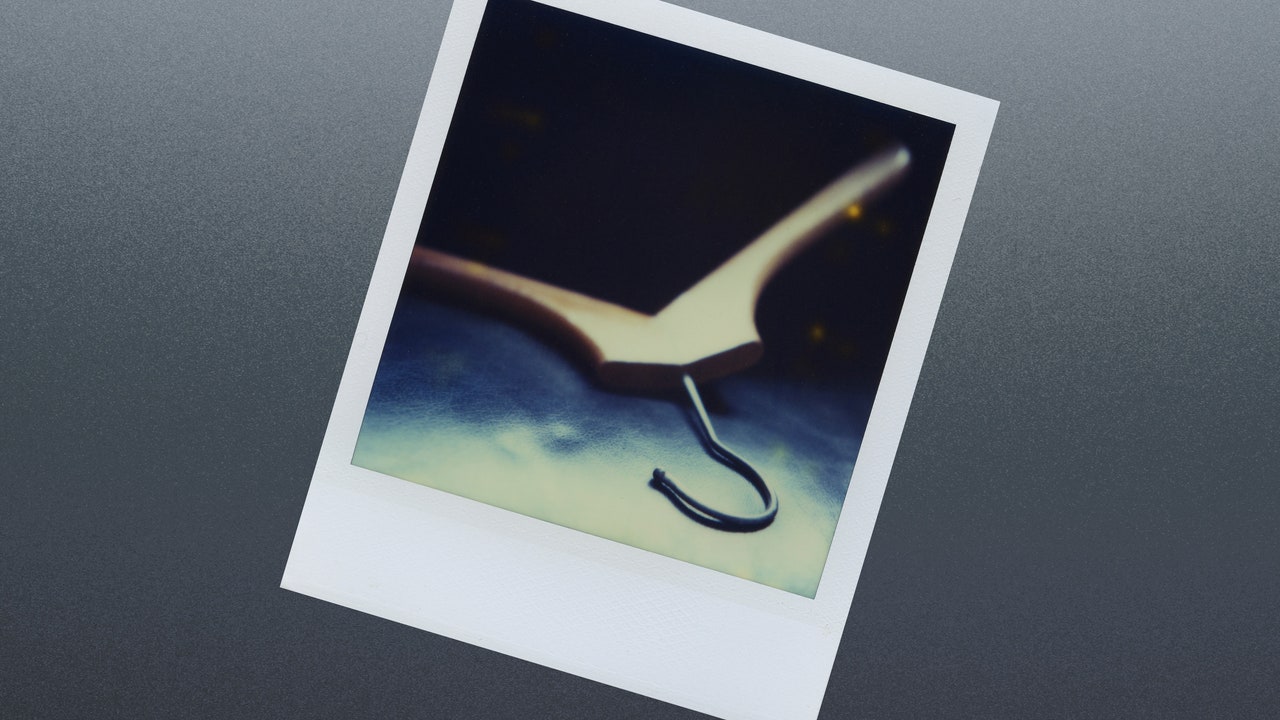Getting Over a Divorce Meant Saying Goodbye to All My Beautiful Clothes

[ad_1]
It took me a year to throw out my wedding dress. Afterward, I laid in bed thinking about my gown in the dumpster in the parking lot of my apartment complex, the dress being doused in Whataburger ketchup, expired milk, and leftovers seeping through a neighbor’s trash bag. It was one of many things I once loved and purged during my COVID divorce.
When I moved into my current apartment in early 2020 after separating from my husband, I brought my whole closet—clothing I wore throughout my ten-year marriage. Most of the stuff still fit, although staring at them added up to regret, disappointment, broken promises. Each time I got ready for the day, I was seeped in physical reminders of a life that was no longer even though I’d lived many lives wearing these clothes: as a model, a memoirist, an indie publisher, a wife, then a mother. Now I was a single mom, aging every day, going through the divorce process and working remotely while running my household that had been cut down to three. To move on, my married-life clothes had to be stuffed in trash bags.
The long black gown I wore when we heard Tony Bennett sing love songs and took the ferry from Manhattan to Staten Island was put in to the bag, along with the pink and tan Ralph Lauren dress and many others I had worn to the New York’s Belmont Stakes, cheering for thoroughbreds in intense horse races. The big hats were crammed in the bag too.
The tight dress I wore to eat my first dinner with a then-new man at a high-end steakhouse across from the New York Stock Exchange in Lower Manhattan, back when there was electric lust, and the future seemed exhilarating.
Nice knowing you, Gucci mules.
The black leather zip-up Kenneth Cole dress I’d worn to rooftop bars under heat lamps in the Flatiron district in the winter; a cozy sweater I wore during a weekend getaway to Cape Cod. And then there were the jackets. My warmest Tahari coat with a ruffle collar I had worn when we lived in Battery Park, and the Dana Buchman long duster, both from New York’s iconic discount department store Century 21—RIP— bought around the time we got engaged. Then there was the unique red and black wool coat, purchased in China a year and half after we were married.
A light blue button-down I wore during a family vacation in Nantucket while holding my toddler son’s hand, my daughter growing in my belly. A peach striped dress I wore in Central Park holding my daughter as an infant over Memorial Day weekend during a family picnic, the brown and green crochet dress I wore to a pumpkin patch with the kiddos in my early thirties, and all my Christmas family photo attire. The Tommy Bahama dresses, bought to fit the weather after moving to Texas were also placed in the trash bag bound for Goodwill.
The author’s actual wedding dress…in the dumpster.
I understand the desire to cleanse yourself of certain belongings after a breakup, but for me it was a very clear “everything must go” mentality. Something Dr. Holly Oxhandler, Associate Dean for Research and Faculty Development and an Associate Professor at Baylor University, said isn’t uncommon.
“As we move through and navigate life’s transitions, we may find that what once served us no longer does. Items, practices, habits, and ways of thinking or being that we picked up and leaned on along the way may no longer hold the same meaning or support as they once did.”
Oxhandler says it’s important that we regularly assess which of these to continue to carry and which to let go of in light of our current needs and situations.
A Brooks Brother bag the author let go.
Divorce slices the seams of what was, and I planned to not only change the direction of my life, but also the way I presented myself to the world. My new clothes would be more authentic, of my choosing, from my wallet, and selected to be long term. I no longer wanted trendy tight dresses that exist solely to show my body. I craved comfort, loose fabrics that swayed with grace, light and airy textures, calming to the touch.
[ad_2]
Source link




